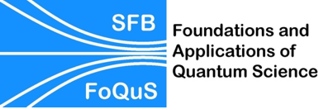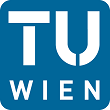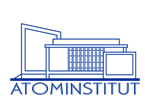 | ||
Projects
| Foundations and Applications of Quantum ScienceThe research of the SFB F40 (FoQuS) encompasses theoretical and experimental investigations in the field of quantum optics and quantum information with particular emphasis on the foundations and applications of quantum science. Throughout the last 14 years, the consortium has learned to control and manipulate increasingly complex quantum systems. Thus, the intended research will continue to employ a large variety of quantum systems ranging form single photons from parametric down-conversion in crystals as well as from single atoms, in some cases together with high-finesse cavities, over single trapped and laser-cooled ions in electrodynamic traps, and samples of laser-cooled atoms or molecules in traps, to ultra-cold gases, mesoscopic quantum systems and various combinations of these. The goal of this research programme is the focussed and collaborative research that addresses fundamental questions in quantum information, in quantum optics with atoms and photons as well as their application for computation, communication, and metrological problems. Furthermore, one of the general goals of the intended SFB is the investigation of what is usually called the quantum-classical boundary. While the laws of classical physics are known to describe the behaviour of large systems and the laws of quantum mechanics govern the realm of quantum systems, it is hitherto unknown and widely unexplored where and how the transition between the quantum and classical world appears. Increasingly complex systems exhibit a wealth of new phenomena and features that can be applied for the solution of technical questions and problems. For example, the ability to control and manipulate large registers of quantum objects allows one to build a quantum computer, or more generally, quantum devices for advanced metrology and sensor technology. While large-scale number crunching with such machines still seems a long way off, scaling up systems comprised of building blocks that can be individually controlled can lead to very practical devices such as quantum repeaters for long-distance quantum communication, advanced atomic clocks, highly sensitive detectors and more. Moreover, the theoretical understanding and the experimental use of small to mesoscopic quantum arrangements can be used to simulate systems that are virtually impossible to compute on classical computers. | |






